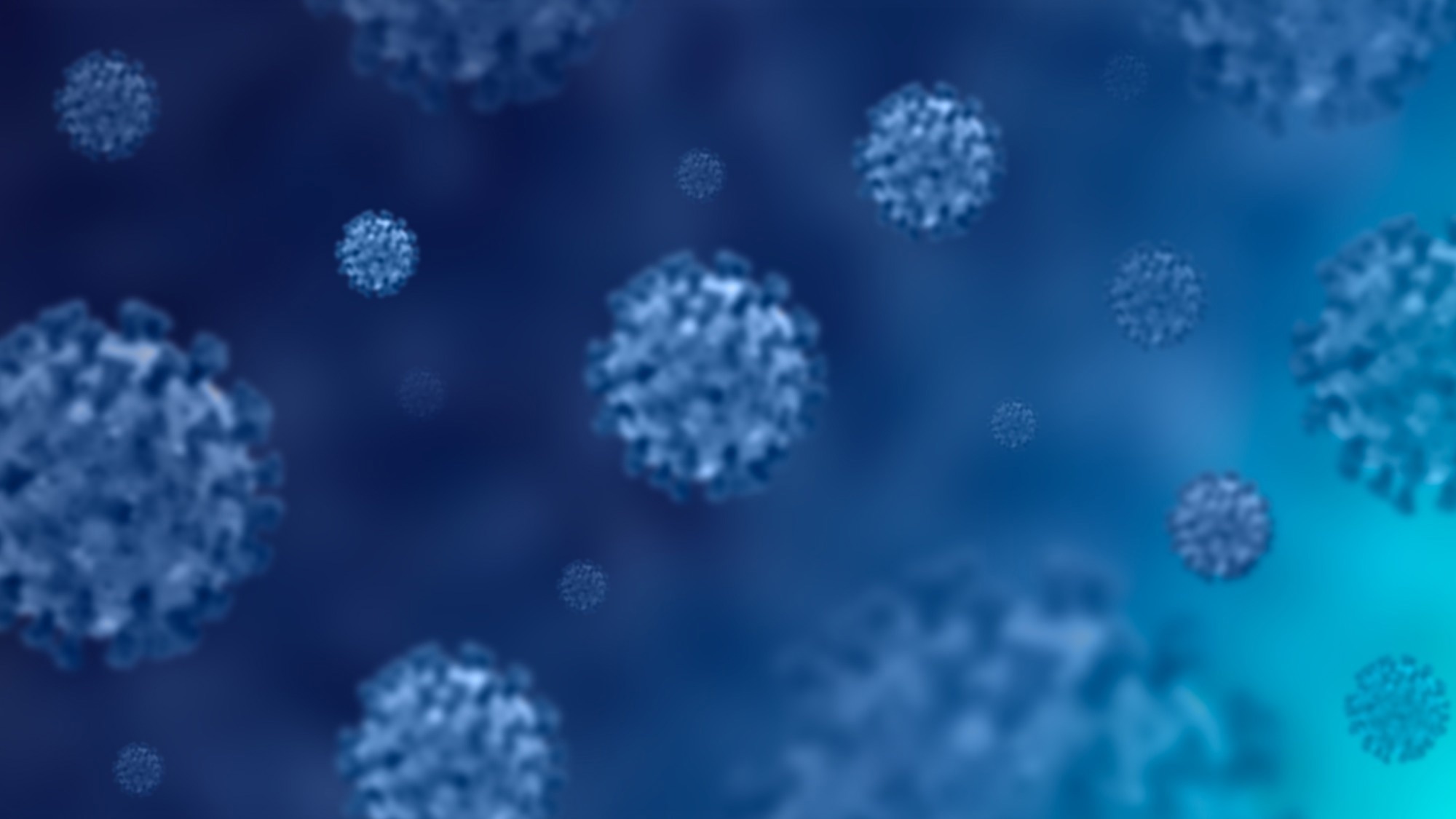
[ad_1]
In a cohort examine revealed in Nature Communications, researchers from america of America investigated the position of type-2 interferon (IFNγ) in antiviral immunity in opposition to extreme acute respiratory syndrome coronavirus 2 (SARS-CoV-2) in murine fashions.
They discovered that an IFNγ response pre-established throughout the lungs could shield in opposition to SARS-CoV-2 an infection, indicating the potential use of IFNγ as a prophylactic agent in managing coronavirus illness 2019 (COVID-19).
 Examine: Bacterial-induced or passively administered interferon gamma circumstances the lung for early management of SARS-CoV-2. Picture Credit score: PrinceJoy/Shutterstock.com
Examine: Bacterial-induced or passively administered interferon gamma circumstances the lung for early management of SARS-CoV-2. Picture Credit score: PrinceJoy/Shutterstock.com
Background
COVID-19, brought on by SARS-CoV-2, primarily infects lung epithelial cells expressing angiotensin-converting enzyme 2 (ACE2). Whereas interferons (IFNs) of varieties 1 and three are identified for his or her position in antiviral response, the position of type-2 IFN (IFNγ), particularly in SARS-CoV-2 an infection, is poorly understood. IFNγ is a cytokine immune cells produce in response to bacterial an infection to fight intracellular pathogens.
Though IFNγ will not be sometimes required for pulmonary viral resistance, research in mice and immunocompromised sufferers point out that recombinant IFNγ remedy could also be helpful in opposition to viral infections, together with that of SARS-CoV-2.
Proof on therapies appearing via IFNs has highlighted that timing of remedy relative to viral publicity is essential, typically requiring pre- or early post-exposure administration.
Apparently, an ongoing IFN response to current or current an infection, akin to lung an infection with Mycobacterium bovis BCG (quick for Bacillus Calmette-Guérin), has proven safety in opposition to SARS-CoV-2 in animal fashions.
Due to this fact, researchers within the current examine explored the mechanisms underlying the safety supplied by a concurrent bacterial an infection in opposition to SARS-CoV-2 whereas shedding mild on the potential position of IFNγ within the course of.
In regards to the examine
Within the current examine, wild-type (WT) B6 mice had been inoculated intravenously (iv) with BCG or phosphate-buffered saline (PBS, management) 40–45 days earlier than they had been intranasally challenged with SARS-CoV-2 pressure B.1.351. On day 3, lungs had been remoted, and viral titer was measured within the homogenate utilizing TCID50 (quick for 50% tissue tradition infectious dose) assay.
Moreover, single-cell RNA sequencing (scRNAseq) was carried out on the remoted lung cells. Cell clusters had been analyzed utilizing Seurat clustering and circulate cytometry.
After 28 days of BCG vaccination, cytokine staining was carried out on lung cell suspensions. Comparable experiments had been carried out in Ifngr1−/− mice to grasp the impact of IFNγ signaling on safety.
Moreover, to grasp whether or not IFNγ signaling within the non-hematopoietic compartment is sufficient for BCG-driven safety, Ifngr1−/− mice had been irradiated, and their bone marrow was reconstituted with WT cells.
Actively contaminated cells had been recognized by staining lung tissue for the SARS-COV-2 nucleocapsid and utilizing in situ hybridization (ISH). Recombinant IFNγ was administered intranasally to WT or Ifngr1−/− animals two days earlier than and at some point after the SARS-CoV-2 problem, and their lungs had been analyzed on day 3.
Statistical evaluation concerned the willpower of p-values utilizing Scholar’s t-test, Mann-Whitney take a look at, one-way evaluation of variance (ANOVA) with Tukey’s post-test, or Kruskal-Wallis take a look at with Dunn’s post-test.
Outcomes and dialogue
Three days after the SARS-CoV-2 problem, the lungs of WT BCG animals confirmed a considerably diminished viral load in comparison with controls. Whereas the lungs of BCG-treated animals had been enriched in T-cells, these of management PBS-treated animals had been enriched in fibroblasts.
scRNAseq information confirmed that the lungs of BCG-treated animals had extra differentially expressed genes (associated to irritation, antiviral immunity, and IFN signaling) in macrophages and dendritic cells in comparison with controls.
Whereas ranges of different IFNs didn’t range between the 2 teams, IFNβ and IFNγ had been considerably greater in BCG-treated animal samples than controls. T-cells and pure killer cells had been the key sources of IFNγ.
No discount in viral load was noticed in Ifngr1−/− mice (with out IFNγ receptor), suggesting that IFNγ signaling is required for BCG-induced safety in opposition to SARS-CoV-2. Additionally, BCG was discovered to guard severe-disease mice fashions from the virus, however animals handled with anti-IFNγ didn’t obtain important safety, confirming the position of IFNγ.
BCG-treated WT mice additionally confirmed a diminished inflammatory cytokine response regardless of the presence of IFNγ. The examine exhibits BCG-induced IFNγ current in the course of the viral problem controls viral load reasonably than SARS-CoV-2-related irritation.
Research performed on irradiated and reconstituted Ifngr1−/− mice confirmed that IFNγ signaling in non-hematopoietic cells is adequate for BCG-induced safety in opposition to SARS-CoV-2.
Bronchiolar epithelial cells, macrophages, and pneumocytes had been most immunoreactive to the SARS-CoV-2 nucleocapsid. Findings counsel that BCG-induced IFNγ controls SARS-CoV-2 infectivity and/or replication throughout the epithelial cells. Information confirmed that IFNγ induced the expression of IFN-regulated proteins by pulmonary epithelial cells, together with a viral restriction issue.
Notably, WT mice administered with recombinant IFNγ confirmed diminished or no viral load, suggesting that pre-existing IFNγ responses can management SARS-CoV-2 an infection and/or replication throughout epithelial cells, thereby defending the host from associated tissue harm and immunopathology.
Conclusion
The current examine’s findings counsel that bacterial infections, significantly intravenous administration of BCG, which particularly elicit IFNγ responses within the lung, might restrict SARS-CoV-2 an infection.
They spotlight the prophylactic potential of intranasally administered recombinant IFNγ in providing safety in opposition to SARS-CoV-2 an infection for improved outcomes in COVID-19 administration and encourage additional analysis.
[ad_2]